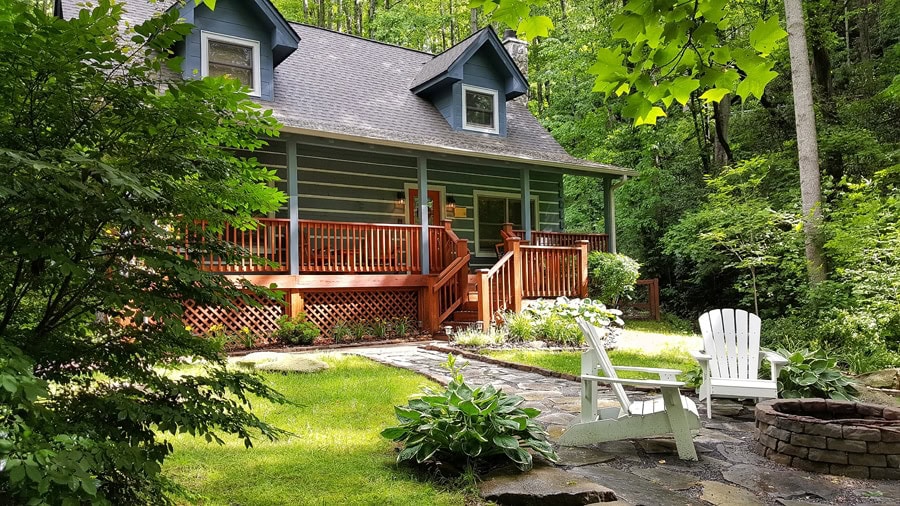Geothermal Basics

In this day and age when everyone is concerned about the world’s limited resources and the impact of energy usage on the environment, it’s encouraging to know sustainable solutions are being developed and improved upon. Geothermal heating is one of those technologies that holds the potential to significantly change the way you heat your Marlborough home.
What Is Geothermal Heating?
Geothermal heating has been around for more than five decades. It’s the process of using the Earth’s natural heat, just under the surface, to warm your home’s air and water as well as cool your home in the summer. A geothermal heat pump essentially moves heat from your home into the ground in the summer or from the ground into your home in the winter.
How Does Geothermal Heating Work?
Most geothermal heating systems employ ground heat exchangers to move fluid within a closed-loop system. Heavy-duty plastic pipes sit either horizontally about six feet underground or vertically as deep as 600 feet. Less common are open-looped geothermal heating systems, which are connected to a well or pond. This system moves the water from the source into an indoor heat pump for temperature control.
A special fluid produced from water and environmentally friendly antifreeze circulates through the heat exchange pipes to absorb and dispel heat, either to or from the ground. When it reaches the heat pump, the heat is moved either into or out of your home depending on the season. The treated air is then circulated through your Massachusetts home’s duct system.
Can I Modify My Current System?
An existing heating, ventilation, and air conditioning (HVAC) system can be modified to add a geothermal heat pump. Our Chaves Heating & Air Conditioning professionals can simply replace a furnace or air conditioning unit and attach a heat pump.
Local excavators will need to be contracted to help bury the underground pipes for heat exchange. Before digging, you may want to consider the pros and cons of vertical and horizontal piping.
Vertical pipe loops disturb less of your current landscape but are more expensive to install. Horizontal pipe loops are only buried about six feet deep and therefore less expensive. However, they require more land. The least expensive way to install geothermal heating is by submerging the pipe loops in a nearby lake or pond if you happen to live near one.
What Are the Costs and Return on Investment?
Geothermal heating systems can be significantly more expensive than a conventional HVAC system. Installation is much more complex and time-consuming.
However, geothermal systems are built to last for decades. A geothermal heat pump will typically have a life span of 25 years while underground piping loops are designed to last for more than 50 years. In addition, the US Department of Energy (DOE) reports that geothermal heating systems can reduce your energy bills by up to 65 percent.
Taking all of these factors into consideration, a homeowner can expect to recoup initial costs within a single decade.
Are There Other Benefits?
Geothermal heating systems are durable, are long lasting, and help you save energy. They use a renewable, existing resource in the heat of the earth and are both environmentally friendly and sustainable. Additionally, geothermal heating systems require very little maintenance. They use the least amount of electricity, produce the fewest emissions, and reduce water and air pollution.
Geothermal heating systems provide safe, stable, comfortable heat, generate less noise than a conventional system, and produce efficient humidity control for your home.
Contact Chaves Heating & Air Conditioning for More Geothermal Information
For more information about geothermal heating systems, contact Chaves Heating & Air Conditioning in Marlborough, MA. Our professionals can share the details of this sustainable, renewable source of energy as well as answer your questions. Call us at 978-562-5309 or request service online today.
